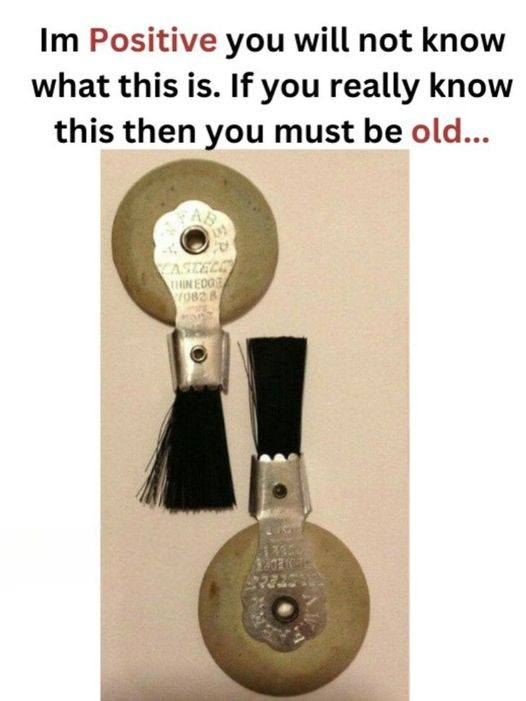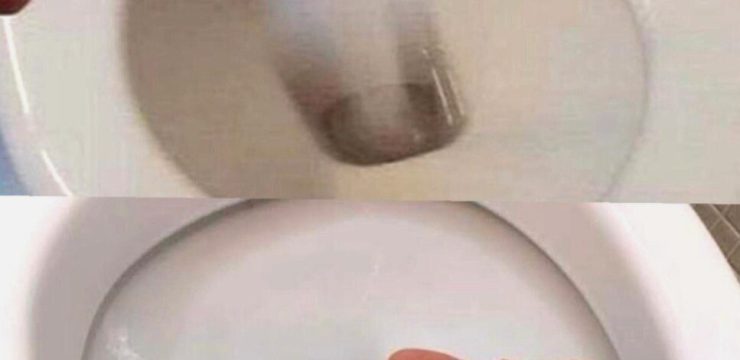In the modern world, where correcting a typo is as simple as pressing the “backspace” or “delete” key, it’s hard to imagine a time when making changes to typed documents required a bit more effort. Before the digital age, typewriters dominated offices, homes, and publishing spaces, and with them came a set of essential tools to make corrections neat and professional. One such tool was the typewriter eraser brush—an item that was once indispensable for anyone using a typewriter.

What Are Typewriter Eraser Brushes?
The round items in the image are typewriter erasers, equipped with small brushes attached to them. These erasers were crafted from soft rubber, often mixed with fine abrasives that were just gritty enough to remove ink from paper without damaging it. Before digital editing or white-out correction fluid came along, this was the main way to fix mistakes on a typed document. The eraser effectively rubbed out the ink, allowing typists to make clean corrections.
The attached brush had an equally important role. After using the eraser, small bits of debris would be left behind on the paper, and the brush was designed to gently sweep these bits away. This ensured that no residue remained to smudge or stain the document, preserving the neat and tidy appearance of the work. During the golden age of typewriters, this eraser and brush combination was essential for producing professional-looking documents.
A Snapshot in Time: When Eraser Brushes Were Essential
In the early to mid-20th century, typewriter eraser brushes were as common on desks as correction fluid or digital backspace keys are today. Despite the skill and experience of typists, errors were an inevitable part of typing. Unlike today, where a mistake can be instantly corrected with a keyboard shortcut, there was no simple way to delete errors on a typewriter without these erasers. Instead of starting over and retyping an entire page, typists used typewriter erasers to make precise corrections.
Carbon paper, which was often used to make multiple copies of documents simultaneously, made these erasers even more essential. A single mistake could mean that the error was duplicated on every copy, and eraser brushes were needed to correct all the affected sheets. Fortunately, typewriter erasers were gentle enough to erase errors without tearing the thin carbon paper. They made it possible to correct mistakes without having to retype entire documents, saving time and reducing frustration for typists everywhere.
The Decline of the Typewriter Era
As word processors and eventually personal computers became more widespread, typewriters began to fade into history. Digital technology brought about instant editing tools, and the need for typewriter erasers quickly vanished. By the late 20th century, computers had completely changed how we write and edit text. Suddenly, fixing a mistake was as simple as pressing a button, and the typewriter eraser brush—a once vital office tool—became unnecessary.
For those who lived through the typewriter era, seeing a typewriter eraser brush today can bring back memories of how challenging it once was to make edits. Correcting a simple mistake was not a one-step process; it required careful erasing and cleaning with the brush. The phrase “times have changed” feels particularly apt when comparing the painstaking process of fixing typewritten documents to the effortless undo button of today’s technology.
A Niche Collectible
Today, typewriter eraser brushes are no longer a common sight, but they’ve found a second life as collectibles. Vintage enthusiasts, retro office supply lovers, and history buffs value them for what they represent. Though they may seem out of place in the modern digital landscape, these eraser brushes are a testament to the ingenuity of the past. They remind us of the tools people once relied on to navigate the challenges of everyday office tasks.
Typewriter eraser brushes were simple yet effective—a reflection of the practical solutions that earlier generations created to solve problems. In a time when technology hadn’t yet made typing and editing effortless, these tools helped people achieve professional results. For collectors today, owning an eraser brush is a way to connect with that history—a time when every typed word was deliberate, and corrections took more than just a click.
Conclusion: From Essential to Obsolete
To those who have never used a typewriter, the typewriter eraser brush might seem mysterious, even archaic. It’s hard to imagine a world where correcting a mistake required a physical tool instead of simply tapping a key. But for older generations, these tools are steeped in nostalgia. They bring back memories of the rhythmic clacking of typewriter keys, the sharp smell of ink ribbons, and the ever-present eraser brush ready to correct mistakes.
As with many innovations, typewriter eraser brushes went from being essential to obsolete in what now seems like the blink of an eye. They’re a reminder of how much technology has transformed our lives—how something that was once a vital part of everyday work can be replaced by something faster, simpler, and more efficient. Today, these brushes rest quietly in the archives of history, cherished by those who remember their usefulness and by collectors who value their role in the evolution of writing tools.
The typewriter era may be long gone, but the tools that made it possible remain a fascinating part of history. They remind us of the patience and skill that once went into even the simplest tasks—like typing a perfect page without mistakes. The typewriter eraser brush is a symbol of human creativity, of finding practical solutions in the face of limitations, and of the journey from manual effort to the instant, digital ease we enjoy today.





